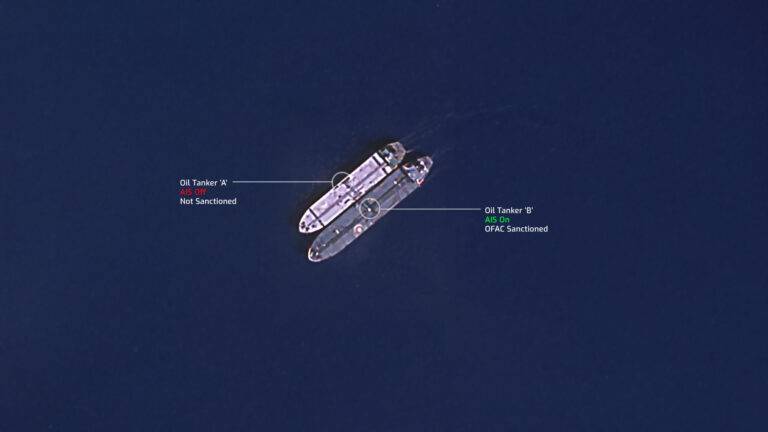Artificial intelligence is the key to reducing loss ratios by augmenting human judgement and freeing insurance professionals from routine work.
Decades of explosive growth in data storage capacity and a collapse in the cost of processing saw artificial intelligence (AI) reborn, but recent developments in data analysis are making AI the new frontier in insurance.
The promise of AI has only just begun to make itself reality. Sixty years in the making, AI has promised so much but delivered roadblocks so severe that research ground to a halt several times with so-called “AI winters”. So what has changed today?
Firstly, we finally got the power to process data. Secondly, datasets became widely available. Most importantly, though, while academic research continues into what is now called “artificial general intelligence”, a business case has finally been made for the AI we have now.
AI, and its cousin machine learning (ML), are not true intelligence, and are not intended to be. What they are, however, are ways of applying the ability of machines to collect and sort information and, increasingly, make predictions based on past behaviour.
Critics complain that AI is not really intelligent – and it’s a fair complaint, from an academic or philosophical perspective, anyway. But today’s AI is not replacing human judgement, and the limits of AI are obvious to anyone who has interacted with a so-called “chatbot”. But in business the bottom line is the bottom line, and investment in AI would have ground to a halt if it wasn’t making a significant contribution.
The sectors and industries that can benefit most from AI are those with two characteristics. Firstly, rather than lacking data some sectors are drowning in a sea of it – but data is not information, and transforming raw numbers into human-comprehensible information is a difficult task. Secondly, there are sectors who rely on human judgement but could do with a helping hand.
From the perspective of the insurance industry this means assisting underwriters by providing them not with raw data, but with human readable decision ready data.

Insurers have long been collectors of data but underwriting decisions remain fundamentally human. AI will not change either fact, but what it will do is allow decisions to be made in a much less ad hoc fashion: relevant but obscure datasets can be analysed, quickly and according to specified criteria, with one end goal in mind: augmenting the decisions made by skilled professionals. Rather than replacing human judgement, it is targeted at augmenting people’s ability to make key business decisions.
AI should reduce the time required to make sense of information, it can also reduce the need for manual human input and processes. This is not a threat to insurance professionals—in fact, it is in their interests, and can help address the industry wide skills shortage. At present, underwriters are burdened with tasks that ultimately devalue their roles. With AI and ML tools at their fingertips, professionals can get back to focussing on what they do best.
Now is the time for the insurance industry to embrace digital operating models, big data, AI, and predictive analytics to lower loss ratios and manage price and risk more accurately. Find out how in our Ebook series ‘The Digital Chief Underwriting Officer’s Guide to Industry 5.0’ Click the banner below.

















